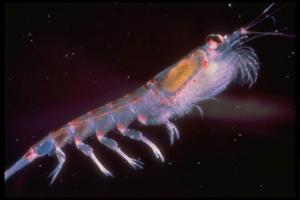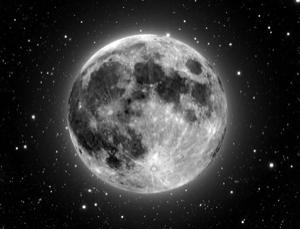
© AWIOcean fertilisation experiments hope to boost krill populations in the southern ocean.
The largest and to date the most comprehensive experiment to soak up greenhouse-gas emissions by artificially fertilising the oceans set sail from South Africa earlier this week.
The ambitious geoengineering expedition has caused a stir among some campaigning groups, but has the scientific backing of the UK, German, and Indian governments, as well as the International Maritime Organisation.
Within weeks, the ship's crew hope to dump 20 tonnes of ferrous sulphate into the Southern Ocean. Plankton need iron to grow, and the aim of the expedition is to trigger a plankton bloom and boost the amount of carbon that is sucked out of the air and locked up at the bottom of the ocean.
The team, led by Victor Smetacek of the Alfred Wegner Institute, Bremerhaven, Germany, will also monitor the population of krill to see if their populations also increase. These small crustaceans feed on plankton and are an important food source for many marine species. So, if the population grows, this could give fisheries a boost.
